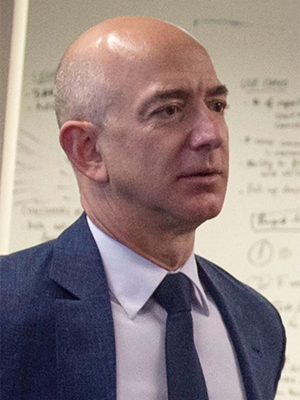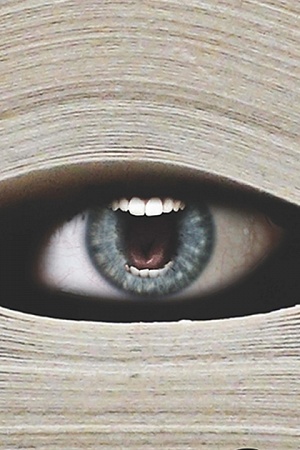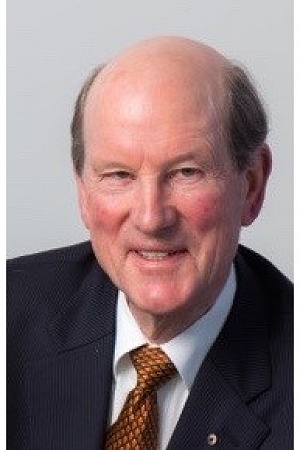Acts of intimate banality
Like much feminist performance art since the 1960s, Casey Jenkins’s latest performance piece, titled IMMACULATE, centres on a female body – Jenkins’s own. IMMACULATE is a performance that documents the legal and commonly practised process of self-insemination in the home.
After initially awarding funding to the work, the Australia Council has rescinded the grant, stating: ‘We cannot be party to any act that could result in bringing a new life into the world.’ While the Council denies ideological reasons or political pressure behind its U-turn decision – despite having sent the artist a transcript of Peta Credlin’s scathing condemnation of the work on her Sky News talk show prior to announcing the funding cut – the response more troublingly points to a long history of political and institutional attempts to control how women use their bodies and assert their reproductive rights.
Continue reading for only $10 per month. Subscribe and gain full access to Australian Book Review. Already a subscriber? Sign in. If you need assistance, feel free to contact us.









Comments (7)
I notice that the reader responses are concerned with donor conceived persons and their genetic identity rights. One of the issues for donor conceived persons is that they have often been dismissed by the medical community and their families when seeking knowledge about their genetic heritage. It has also sometimes been the practice of parents to not inform their donor conceived children that they have been created in this way until they are teenagers or adults, or even not to tell them at all and they discover it in some other manner, further adding to the insult. (There is research on this issue by Dr Helen Riley, which also applies to late discovery adoptees, of whom I am one.) Whether or not Casey Jenkins would tell their potential child/children of their genetic heritage—that is, who provided the sperm for the insemination that contributed to their conception—from an appropriate age is not known from the article or on examination of their website or artwork. I stand corrected if I am wrong about this.
The 'right to their own genetic identity' means the right to know from whom one inherits that genetics, which means knowing who their parents are, both mother and father. It might be the case that you can obtain a DNA test, but what donor conceived persons might be seeking is the knowledge not only of their DNA but of their actual father, who they are as a person. I do not think anyone is accusing Jenkins of doing anything illegal. What we might be questioning is the possible lack of consideration of the ethical implications of the donor conception process itself, if it involves negating the potential wishes of the child at some stage of their life to know both of their parents.
I note that Dr Lara Stevens discusses pro-life campaigns and their focus on the rights of embryos over the rights of the living person, the mother. What I and the other commenters are focusing on are the rights of potential donor conceived persons. I take her point that the artwork is about the process of self-insemination, not the creation of a child as such, and that the child is not a feature of the artwork, and might never result from the practice that is documented. However, I do not think that the rights, as discussed above, of any possible child conceived as a result of self-insemination can be dismissed this way.
Let me be clear. I am not criticising Casey Jenkins's artwork. I think it challenging and worthwhile and inherently valuable, from my point of view as a woman, a daughter, an adopted person, and a woman without children herself. I am wanting to call our attention to the fact that donor conceived persons can feel unheard and ignored if they wish to know their genetic heritage (i.e. the identity of both parents). It may be considered that this is not relevant to the artwork, but I disagree; one of the many values of this artwork is that it raises many questions and issues, including discussion around the issues raised by and about donor conceived persons.
It is important to note that Australia is a signatory to the Convention on the Rights of the Child, and that our donor conception laws have been created with these principles in mind. Ownership and connection to genetic identity are fundamentally a human right and a State involving itself in any process or activity which could lead to the breach of those rights is a potential concern. But beyond this, it's of greater concern to me and a number of other people connected to the donor-conception community that I've spoken to (including donors and parents of donor conceived people) that Casey Jenkins has actively criticised and excluded any discussion or commentary about donor-conceived people and how one act of "intimate banality", as Stevens describes it, has inherent, profound and lifelong implications for the identity of people conceived through this manner. It clearly wasn't Jenkins's intention for the broader narrative to be the focus of their piece, but that doesn't make the broader narrative irrelevant or validate their desire to exclude it.
While the child does not exist and does not currently have rights, it’s important to note that the complexity of this issue is well removed and from the idealogy that embryos have a right to life; the issue extends beyond conception and into the realm of purposeful rebukement of best practice for donor conception.
Leave a comment
If you are an ABR subscriber, you will need to sign in to post a comment.
If you have forgotten your sign in details, or if you receive an error message when trying to submit your comment, please email your comment (and the name of the article to which it relates) to ABR Comments. We will review your comment and, subject to approval, we will post it under your name.
Please note that all comments must be approved by ABR and comply with our Terms & Conditions.